Japan, rich in history and spirituality, is home to a myriad of temples and shrines that offer a fascinating window into culture and traditions Japanese. Here is a list of the 10 must-see places to explore during your visit to the Land of the Rising Sun.
1. THE SENSO-JI TEMPLE IN TOKYO
Located in the historic Asakusa district, Senso-ji is the oldest Buddhist temple in Tokyo, with a history dating back more than 1,300 years. The majestic entrance to the temple is marked by the Kaminarimon, an imposing gate adorned with a gigantic lantern, which leads to Nakamise, a shopping street full of traditional shops selling souvenirs, local treats and artisanal products.
The heart of the temple houses the main hall, the hondo, where visitors can discover religious statues and artifacts. Nakamise-dori, the shopping street leading to the temple, adds a lively ambiance, creating an experience that combines spirituality and culture. The frequent festivals and ceremonies at Senso-ji make it a vibrant place where visitors can feel the essence of Japanese spirituality.
Senso-ji is not only a historical site, it is also a place of contemplation where visitors can immerse themselves in serenity while exploring Japan's cultural treasures.

2. LE TEMPLE KINKAKU-JI À KYOTO
Among Kyoto's cultural gems, the Kinkaku-ji, or the Golden Pavilion, stands out for its golden glow and serene setting. Originally built as a villa for a shogun, it was transformed into a Zen Buddhist temple after his death.
Kinkaku-ji is surrounded by beautifully landscaped gardens, creating an atmosphere of tranquility. The pond reflects the golden splendor of the temple, creating a breathtaking scene, especially when surrounded by the changing colors of the seasons. Visitors can wander through the gardens, admiring the thoughtful design and harmony between nature and architecture.
Inside the temple, visitors can view Buddhist statues and cultural artifacts. Kinkaku-ji is also known for its ponds, bridges and stone paths, adding an artistic dimension to this iconic Kyoto location. A visit to Kinkaku-ji will offer you an immersive experience in the spirituality and aesthetic beauty of Japanese culture!

3. MEIJI SANCTUARY IN TOKYO
Nestled in the heart of the bustling metropolis of Tokyo, the Meiji Shrine will offer its visitors a peaceful and spiritual retreat. Built in honor of Emperor Meiji and Empress Shoken at the beginning of the 20th century, this shrine is a testimony to Japan's transition to modernity.
As you enter the shrine, passing under the majestic torii, you will be greeted by a path lined with magnificent trees. This sacred place is surrounded by dense forest, creating an atmosphere of calm and seclusion in the heart of the bustling city. The sanctuary also houses an iris garden, a seasonal feature that attracts visitors during the flowering period.
The Meiji Shrine is a place of prayer and celebration, attracting visitors from all parts of the world. Visitors can participate in traditional rituals, write their wishes on wooden tablets called "ema", or simply enjoy a calming stroll through its vast grounds. This shrine perfectly illustrates the harmonious coexistence of spirituality and urban life in Tokyo.

4. THE TODAI-JI TEMPLE IN NARA
The Todai-ji Temple, located in the historic city of Nara, is a Buddhist masterpiece that embodies the grandeur of Japanese religious architecture. Founded in the 8th century, this imposing temple has stood the test of time, preserving its status as one of Japan's most important sacred sites.
At the heart of Todai-ji sits the monumental statue of Vairocana Buddha, also known as Daibutsu. This bronze sculpture, 15 meters high, testifies to the artistic mastery of the period. Inside the Daibutsu-den, the main hall of the temple, visitors can feel a unique spiritual aura, enhanced by the lingering smell of incense.
The temple grounds are also inhabited by sika deer, considered divine messengers in Shinto tradition. These wandering deer add a touch of charm to the overall experience, creating a magical atmosphere between spirituality and nature. Visiting Todai-ji Temple will offer you a fascinating insight into the history and religious traditions of ancient Japan.

5. THE FUSHIMI INARI SANCTUARY IN KYOTO
The Fushimi Inari Shrine, nestled at the foot of Inari Mountain in Kyoto, is one of the most iconic sites in Japan. Celebrated for its thousands of scarlet toriis that wind through the forest, this Shinto shrine dedicated to Inari, the goddess of rice, offers a unique spiritual and visual experience.
The torii, donations donated by successful individuals and businesses, create a vermillion tunnel through which visitors can walk. Each torii bears the name of its donor and the date of the offering. The shrine's trails wind through the mountain, offering panoramic views of Kyoto below.
At the top of the mountain is the main shrine, the Fushimi Inari Taisha, which was erected in 711. Foxes, considered the messengers of Inari, are omnipresent in the region, with many statues and images representing them.
Visiting the Fushimi Inari Shrine is a spiritual adventure and an immersion into the natural beauty of Japan, with torii gates creating an enchanting path through lush forests.

6. HORYU-JI TEMPLE IN NARA
The Horyu-ji temple, located in Nara, is an architectural and spiritual pearl of Japan. Founded in 607 by Prince Shotoku, it is recognized as one of the oldest wooden temples in the world and is a UNESCO World Heritage Site.
The temple consists of two pagodas, one five stories high and the other three stories high, surrounded by a magnificent park which adds to the peaceful atmosphere of the place. The wooden structures, well preserved for over 1,400 years, offer a glimpse of ancient Japanese religious architecture.
Horyu-ji also houses an impressive collection of Buddhist art, including statues, paintings and relics. The kondo (main hall) is an exceptional example of Asuka-era architecture, while the yumedono (dream hall) is a later addition housing sacred objects.
A visit to Horyu-ji temple is a dive into the history of Japan, highlighting the richness of its religious and artistic heritage.

7. LE SANCTUAIRE ITSUKUSHIMA À MIYAJIMA
Miyajima, a sacred island floating in the Seto Inland Sea, is home to the magnificent Itsukushima Shrine, also known as the Floating Gate Shrine. Founded in the sixth century, this shrine is a dazzling example of Shinto architecture.
The shrine's most iconic feature is undoubtedly its vermilion torii, which appears to float on the water at high tide. This picturesque view earned Itsukushima the nickname "the floating island." The torii and several shrine buildings are built on stilts, creating a unique harmony with the natural elements that surround it.
In addition to its remarkable architecture, the shrine houses altars dedicated to Shinto deities, as well as paper lanterns that light up when night falls, creating a mystical and serene atmosphere . Visitors can explore the sanctuary and surrounding wooded trails, where deer roam freely, adding a touch of magic to this spiritual experience.

8. Ryoan-ji Temple in Kyoto
Located in the cultural city of Kyoto, the Ryoan-ji Temple is a Zen gem renowned for its exceptional stone garden. Founded at the beginning of the 14th century, this temple is an eloquent example of the sober and refined aesthetic of Zen Buddhism.
The highlight of Ryoan-ji is its dry stone garden, known as "Karesansui". Designed to inspire meditation, this minimalist garden features fifteen stones carefully placed on a bed of white gravel. A unique feature of the garden is that no matter what angle one looks from, one can only see fourteen stones at a time. This intentional arrangement provokes reflection and fuels the visitor's imagination.
In addition to the garden, Ryoan-ji includes meditation rooms, wooden corridors and quiet green spaces. The temple offers a deep spiritual experience and a welcome break from the hustle and bustle of the city, making it a must-visit for anyone seeking serenity.

9. THE ISE-JINGU SANCTUARY IN ISE
Ise Grande Shrine, also known as "Ise Jingu", is one of the most revered and important shrines in Japan. Located in the city of Ise, it is dedicated to the goddess Amaterasu, the sun goddess, considered the ancestor of the Japanese imperial family.
This shrine is particularly unique because it is rebuilt every twenty years according to Shinto tradition. This practice, called "Shikinen Sengu", symbolizes the eternal cycle of life, death and rebirth. The last reconstruction took place in 2013, and the next one is planned for 2033.
The shrine site is vast, including many sacred buildings, bridges, and lush groves. It is divided into two main shrines, the "Naiku" and the "Geku", each with its own meaning and rituals. Visitors can feel an intense spiritual atmosphere while exploring this place steeped in tradition and deep symbolism.

10. BYODO-IN TEMPLE IN UJI
The Byodo-in Temple, located in Uji near Kyoto, is an iconic site full of history and beauty. Built in the 11th century, this Buddhist temple is a UNESCO World Heritage Site and is often associated with the iconic image of Japan, present on the 10 yen coin.
The most remarkable element of Byodo-in Temple is undoubtedly its main building, called the "Phoenix Hall" (Hoo-do in Japanese). This hall is decorated with exceptional sculptures and bas-reliefs, representing mythical birds and celestial scenes. The name "Phoenix Hall" refers to the shape of the building, meant to resemble a rising phoenix.
The temple is surrounded by beautifully landscaped gardens, creating a peaceful and serene atmosphere. Ponds, bridges and lush vegetation add to the beauty of the site, making Byodo-in Temple an ideal place for contemplation and meditation. By visiting this temple, travelers have the opportunity to delve into the ancient history of Japan and appreciate the architecture and art of a bygone era.

As you will have understood, Japan is home to an impressive collection of temples and shrines that reflect the depth of its cultural heritage. These sacred places, whether surrounded by peaceful gardens, perched on majestic hills, or in the heart of bustling metropolises, offer visitors a unique opportunity to experience the spirituality and architectural beauty of the country. Each of these ten sites, from Senso-ji Temple in Tokyo to Byodo-in Temple in Uji, carries within itself the essence of Japan, capturing the admiration of travelers from all over the world. A visit to these temples and shrines is much more than just a tourist experience; it is a dive into the soul of Japan, where past and present meet in unforgettable harmony.





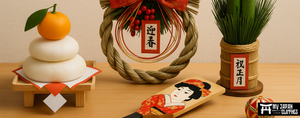
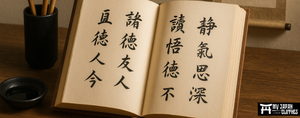

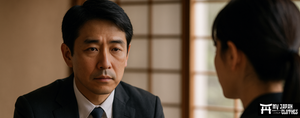

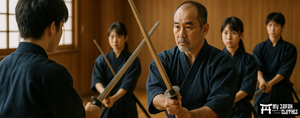

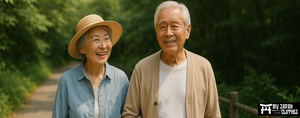
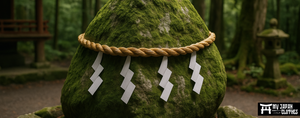



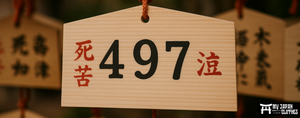





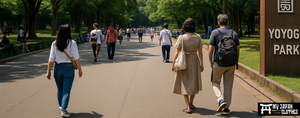

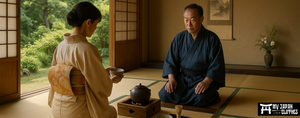
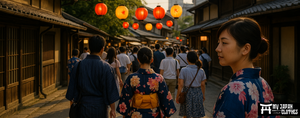
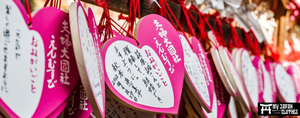



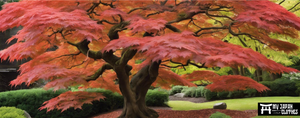
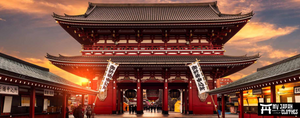
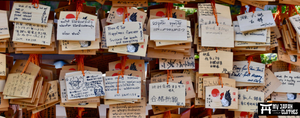

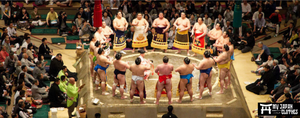















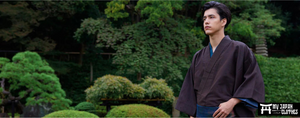
Leave a comment